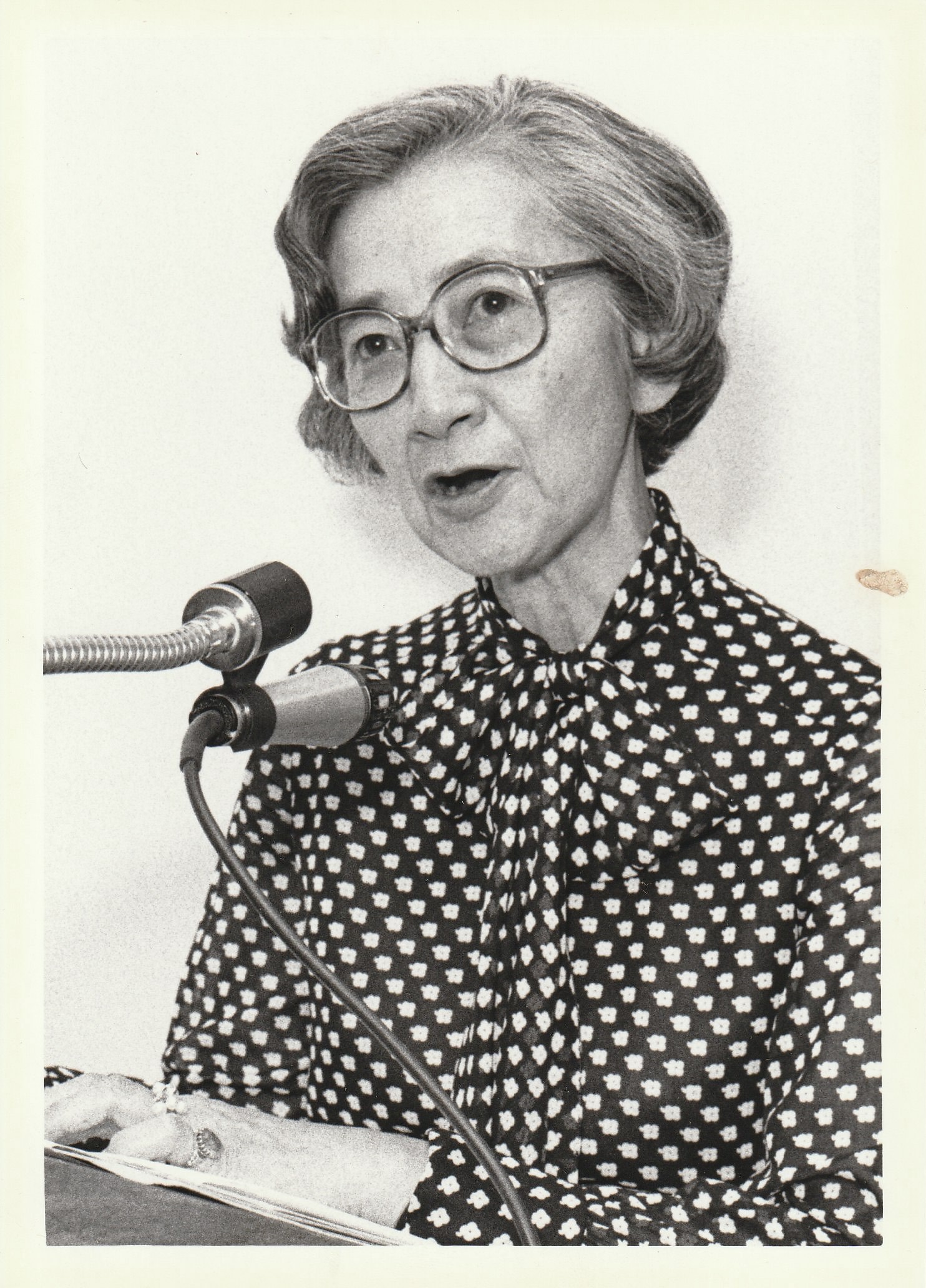The Friends
When Shofuso was brought to Philadelphia in 1958, it was operated by the Fairmount Park Commission (FPC). The city devoted few resources to its upkeep, and the house was vandalized repeatedly throughout the 1960s and 1970s. By the mid 1970s, Shofuso had fallen into a state of disrepair.
Negotiations began in 1974 to repair the house in advance of the upcoming 1976 Bicentennial. The ‘76 Corporation withheld funds from the restoration project, claiming that the Japanese American community in Philadelphia was too small to warrant investment. As a result, the project was fully funded by Japanese organizations. Shofuso’s deferred maintenance suggests the city government did not see the space as a priority, as they failed to acknowledge the Japanese American community’s impact in the region.
In 1981, a group of concerned citizens came together to discuss forming a Friends group. Through volunteer labor, the nonprofit was formally incorporated in 1982, and they set about activating the site with daily programming and special events. Their work was supported by members of the larger Philadelphia Japanese American community, and particularly the JACL whose membership overlapped greatly with the Friends group.


Dr. Mary Ishimoto Watanabe was the driving force behind the Friends. She was the board president and de facto Executive Director. Mary and her husband, Dr. Warren Watanabe (pictured above), worked to bring more Nisei into the organization. They worked as chemists and were active members of Philadelphia’s arts community. Together they forged new relationships between the House and the academic, scientific, and artistic circles. Beyond Shofuso, Mary worked to bring more Japanese American students to Philadelphia, taught in the Center for East Asian Studies at the University of Pennsylvania, and served in leadership roles with national Asian American civil rights organizations.


Reiko Nakawatase Gaspar worked to develop Shofuso’s educational materials. She was an elementary school teacher in West Philadelphia and gave tours to visiting school groups from across the city. Reiko served as the JACL Philadelphia Chapter President at the height of the Redress movement and contributed to local exhibitions exploring the history of wartime incarceration.

Louise Sassai Maehara was known as the Shofuso “house mom.” Louise was a social worker, and spent her free time coordinating house and garden maintenance. She brought warmth to the Friends, serving the volunteers and visitors homemade meals. Louise came to Philadelphia after her husband Saburo Maehara was killed in action serving as a member of the all-Japanese American segregated U.S. Army 100th Infantry Battalion.

Taeko Kubo Shervin is a post-war Japanese immigrant, or Shin-Issei, who joined the Friends with her husband Marcel. Taeko was working at Shofuso before the Friends as a tea ceremony host. She continued serving tea at the site daily, working to share traditional Japanese cultural practices.


Grayce Kaneda Uyehara was a founding member of the JACL Philadelphia chapter. She later served as Executive Director of the national JACL Legislative Education Committee to lobby for reparations in Washington. Grayce’s husband Hiroshi Uyehara joined the FJHG board in 1988, and later served as its president from 1991–1992.

Judge William Marutani was a civil rights lawyer and the first Asian American judge in Pennsylvania. He was a key leader of the Redress Movement, co-authoring the final 1983 government report that resulted in the reparations which were later signed into law. Marutani was a significant supporter of the FJHG, donating to fundraising campaigns and participating in their winter lecture series.